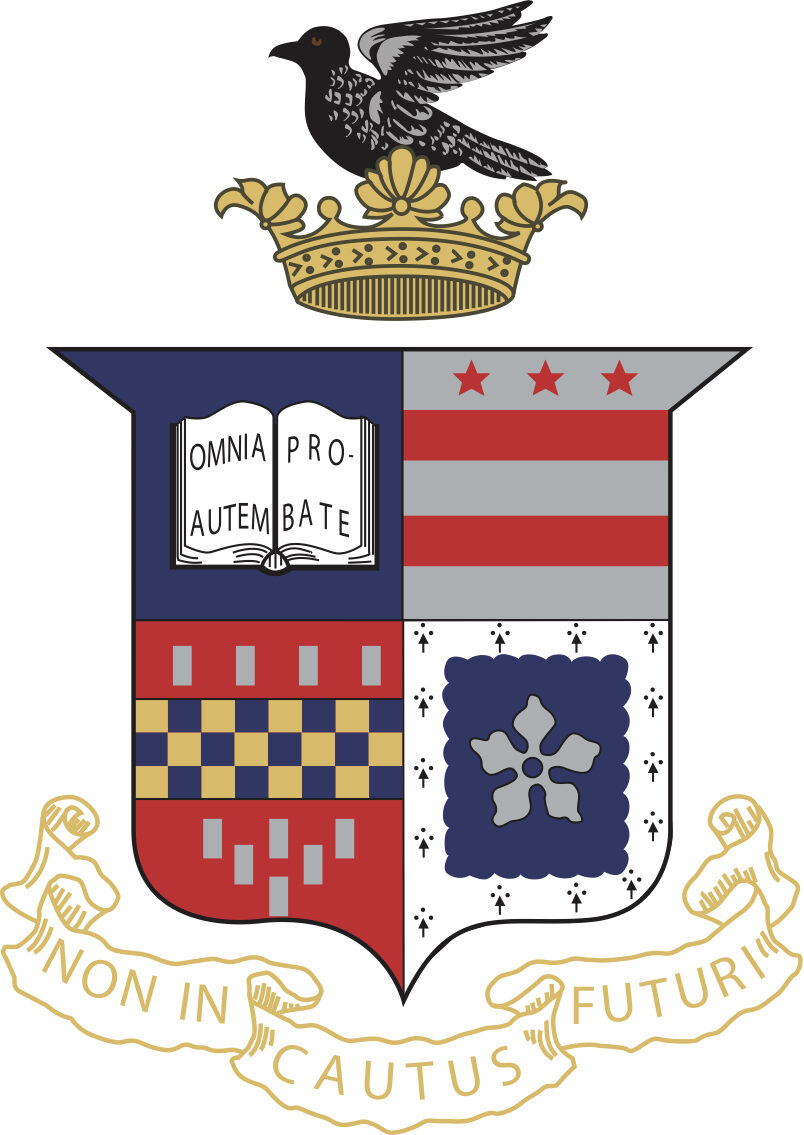College sports generate approximately $8 billion each year for the National C[artel] Athletic Association and its member institutions. Most of this revenue flows from lucrative television broadcasting deals, which often incorporate the right to commercialize and sell the names, images, and likenesses of college athletes. Under its current revenue scheme, student-athletes—85 percent of whom live below the poverty line—receive a share of zero. For over a century, we’ve justified this exploitative distribution scheme under a cloak of student-athlete “amateurism.” Antitrust challenges to the NCAA’s amateurism rules clash with the assumption that “amateurism” is a revered tradition and an important tenet upholding the value and integrity of U.S. college sports. But is this true? Is amateurism in U.S. college sports such hallowed ground? And, if so, what values should animate the distinctions society values between collegiate and professional sports? Does it mean college athletes shouldn’t get paid?
This Article provides a descriptive and theoretical examination of the consumer justifications for amateurism in college sports under an antitrust framework. In general response to these inquiries, this Article finds that some consumer value exists in maintaining amateurism in college sports. However, amateurism’s uniqueness to American culture, and the values that should shape amateurism’s norms, stem from regional and institutional loyalty, athletic tradition, and the preparation and life skills gained from dual academic-athletic participation. Although competitive balance and fairness could be an animating factor, insufficient support for this position exists. This Article then theorizes that allowing name, image, and likeness (NIL) commercialization or “pay for play” would not impact those main animating factors and that student-athletes should be allowed as much pay for play as the consumer market would tolerate.
The Article then proposes pay for play and NIL commercialization schemes that more robustly incorporate not only consumer preference, but also moral, ethical, and equitable considerations, following the Supreme Court’s 2021 decision in NCAA v. Alston.
